Dulce et decorum est...
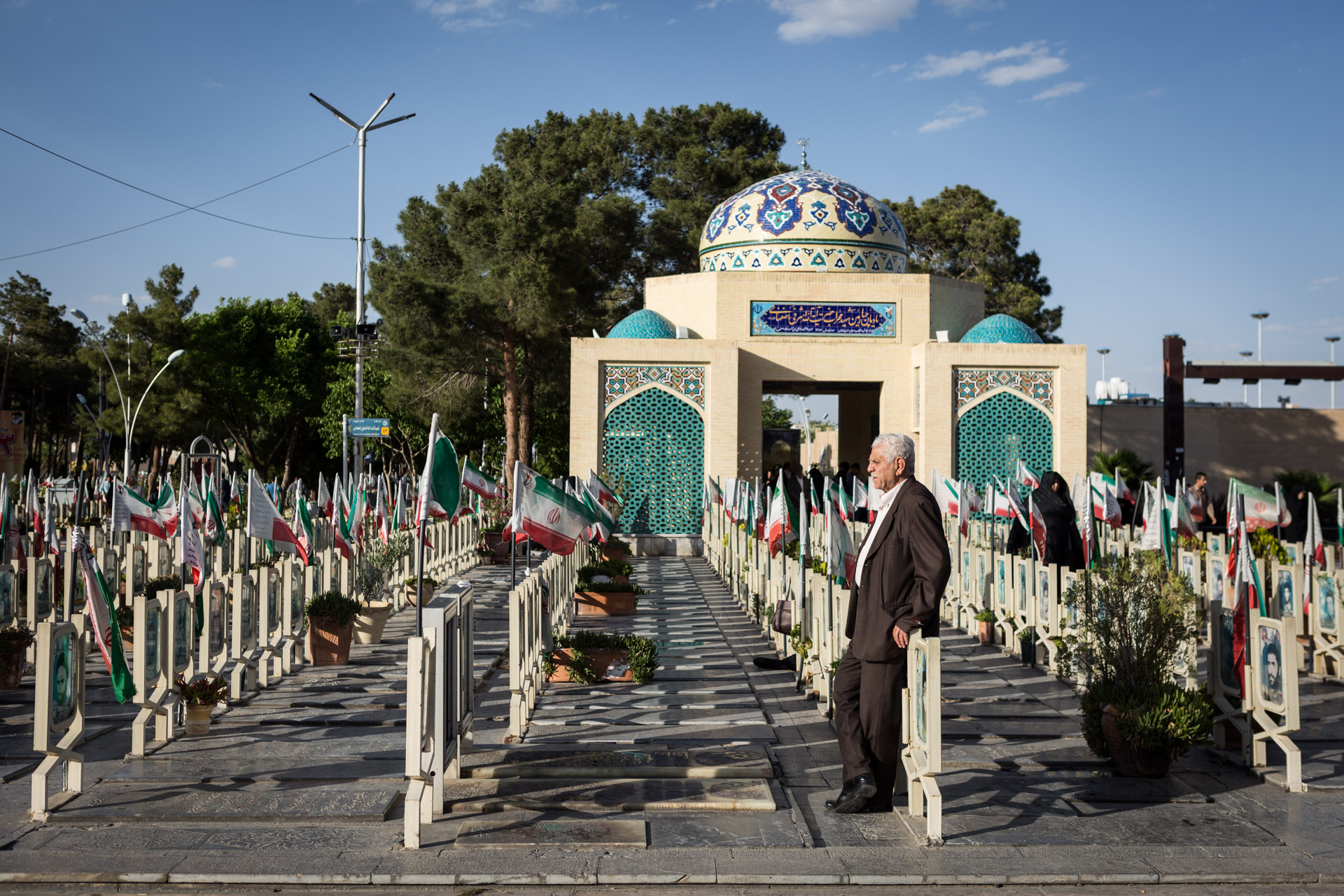
It all begins with butterflies. 'Hall of the butterflies' is the name of the first room that visitors enter in Iran's largest, state-run war museum in the capital, Tehran. In the Islamic Republic, the eight-year war between Iran and its neighbour Iraq is known as the 'Holy Defence'. It is also the name given not only to the largest, but to each and every war museum in the country.
So why does the largest and most expensive museum in Iran call its first room after butterflies? ″Butterflies love the light. They are so attracted to the light of a candle that they get burned. They burn in the fire for love of the light,″ says Mr Solgi, one of the English-speaking guides for foreign visitors to the museum. In short, the butterflies are a romanticised metaphor for the deaths of over half a million people – the martyrs – who gave their often all-too-young lives for the nascent Islamic Republic.
The huge number of people killed or injured in the fight against Saddam Hussein's troops is the foundation on which Iranian identity and the country′s historical self-image rests. Honouring martyrs has been an integral part of Shia Islam since the Battle of Karbala on 10 October 680 in which Imam Hussein and 72 of his followers were killed.
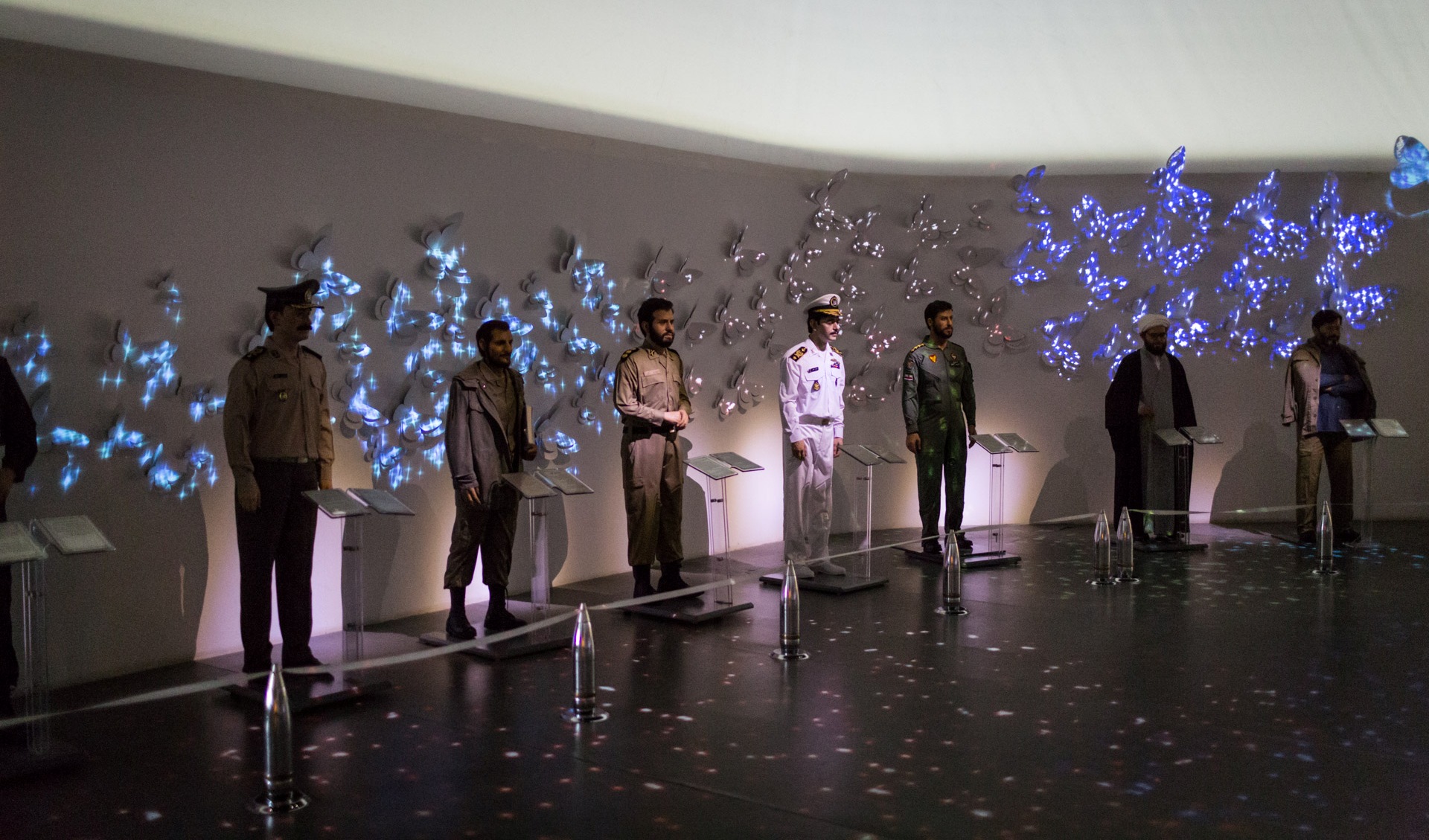
A magic number
From the outset of the Iran-Iraq War in September 1980, however, and in a bid to bolster the government′s image, the new Iranian leadership under Imam Khomeini was to take the instrumentalisation of political events to new heights.
The official response to an attack on the Iran Islamic Republic Party on 28 June 1981 is a case in point. War had been raging for almost a year. The bomb detonated that day killed over 70 people, including Ayatollah Mohammad Beheshti, who at the time was the second-most senior leader in the country after Ayatollah Khomeini. Ali Khamenei, the current revolutionary leader, was also present at the time of the attack. He was partially paralysed in the blast and has not been able to move his right arm since. Shortly after the attack, the official number of victims was magically fixed at 72, irrevocably linking this modern-day event to the Battle of Karbala.Iran has many museums dedicated to the country's rich history. Nevertheless, those places that are dedicated to events during which Iranians and other prominent 'Defenders of Islam' lost their lives, enjoy a special status. While the most important of these events is, of course, the war against Iraq, other events are also remembered, such as the death of over 400 Iranians during a mass panic in Mecca during the Hajj in 2015.
'Defenders of the shrines'
The largest cemetery in the country, Behesht-e Zahra (the Paradise of Zahra), has a section reserved specially for all martyrs who die on pilgrimage to Mecca or other shrines. Because Iran also considers itself to be the protector of Shia Islam, places like Behesht-e Zahra are also platforms for communication and places of international exchange with Shia Muslims from all over the world.
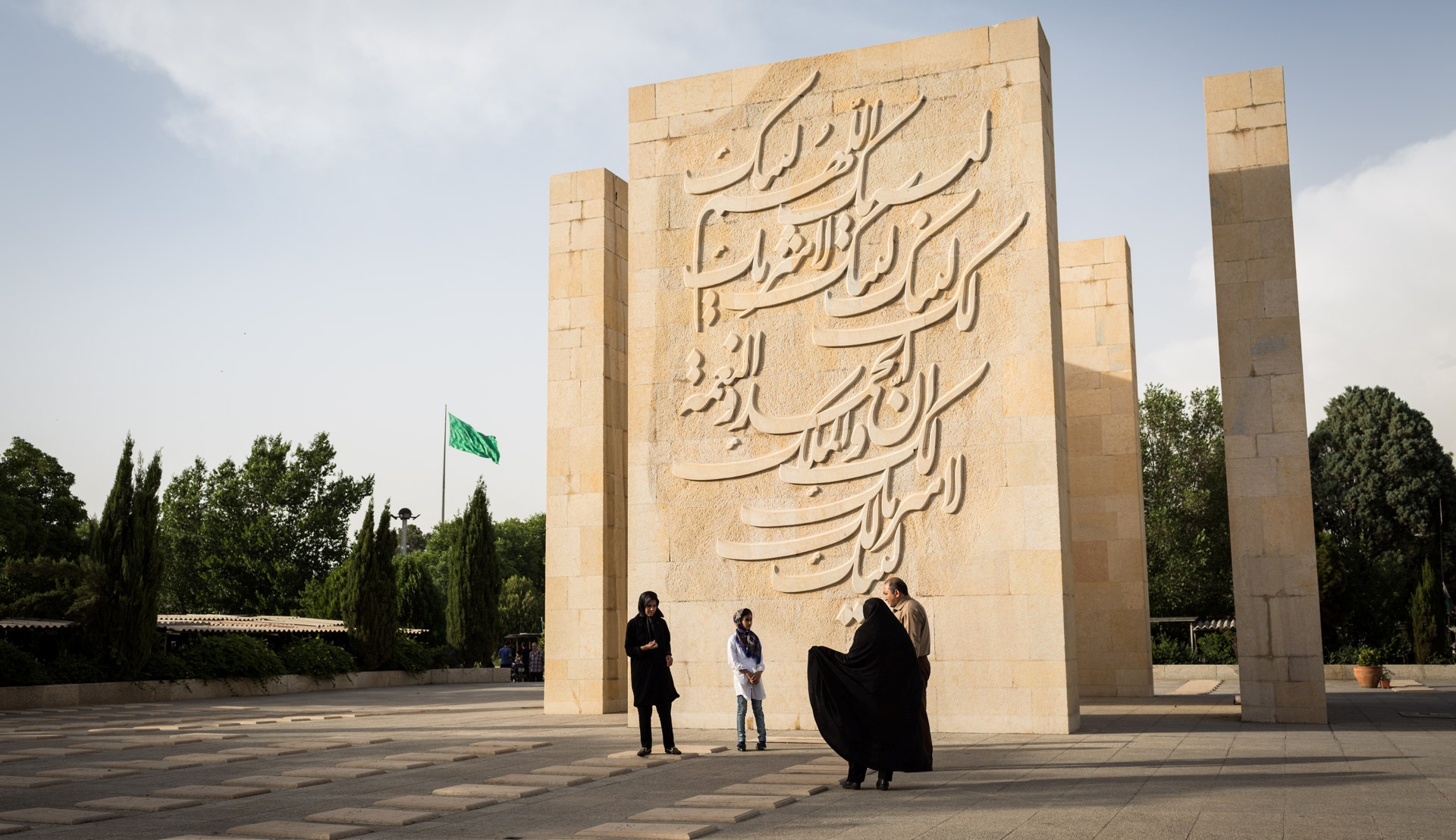
The section reserved for international martyrs and 'defenders of Islam' features memorial steles for all notable deceased members of the Lebanese Shia party Hezbollah, which is largely funded by Iran. Prominent Shias such as Nimr al-Nimr, a cleric who was executed by Saudi Arabia on 2 January 2016, are also remembered. So too is Rachel Corrie, an American activist who was run over by an Israeli bulldozer in the Gaza Strip in partially unexplained circumstances in 2003. On the memorial to her, she is depicted wearing a hijab, which she never actually wore. The failed Shia uprising in Bahrain is also marked by a stele.
All these memorial sites feature texts in Farsi, Arabic and English. Iran is careful to include non-Farsi-speaking visitors to the cemetery in the act of remembrance. However, in the case of its latest wave of martyrs – those fighting alongside the Syrian army to regain territory lost to IS and opposition forces – the Islamic Republic is somewhat less forthcoming.There are no official figures for the number of Iranian citizens who have actually fallen in Syria. Yet their graves are visible in local cemeteries across the country. Being no more than two years old and thus still new in appearance, they are easy to identify. That and the fact that all martyrs are commemorated in Iran as 'defenders of the shrines' – heroes of the people.
The shadow commander
Wherever Iranian soldiers killed in Syria are buried, the image of a grey-haired man with dark rings under his eyes is never far away. This man is often pictured shaking hands or posing for photos alongside soldiers. A huge number of books in Iran have been written about him and although he has never actually given a television interview, his face is everywhere: on T-shirts, mugs and pendants.
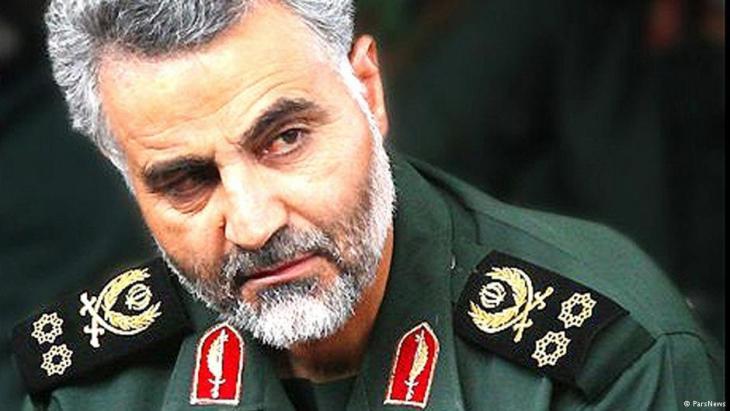
Qassem Soleimani, 59, is a major general in Iran's Revolutionary Guards and the commander of the Quds Force. The Quds Force is deployed exclusively for clandestine and extraterritorial operations, currently above all in fighting Islamic State in Iraq and Syria.
Soleimani is an excellent example of how the Iranian leadership turns individuals who have made a name for themselves fighting alongside Shia allies and against Sunni enemies into immortal heroes while they are still alive. Ali Khamenei apparently referred to him once as a 'living martyr'. This explains why his face is everywhere and why every Iranian is familiar with it. In the West, he is simply known as 'the shadow commander', because information about him is so sparse.
Landmine-shaped lunchboxes
Iran's leaders and many of its citizens are convinced that religious rather than political motivations have driven not only the war against Iraq, but also the ongoing conflict in Syria and Iraq against Islamic State. Only a few minutes away from the graves, in the official martyr souvenir shop, it is possible to buy some mementoes of martyr veneration for just a few Iranian rials.
There are books, photo books, videos, religious souvenirs, badges, mugs, lunchboxes in the shape of landmines and even children's toys. The aim is to teach even the smallest children that on earth as in heaven, martyrs are paid the deepest respect.
When asked about the conflicts in Syria and Iraq, shop-owner Ali is quick to reply, drawing comparisons with the war on Iraq 36 years ago: ″if you go to Khuzestan on the Iraqi border, you can see that there is not much there except desert. But when the Iraqis crossed this border, they not only attacked our country, they also attacked our religion. It was an attack on Islam!″Back in the centre of Tehran, I visit the Peace Museum in Shahr Park, an independent museum dedicated to the development of peace initiatives.
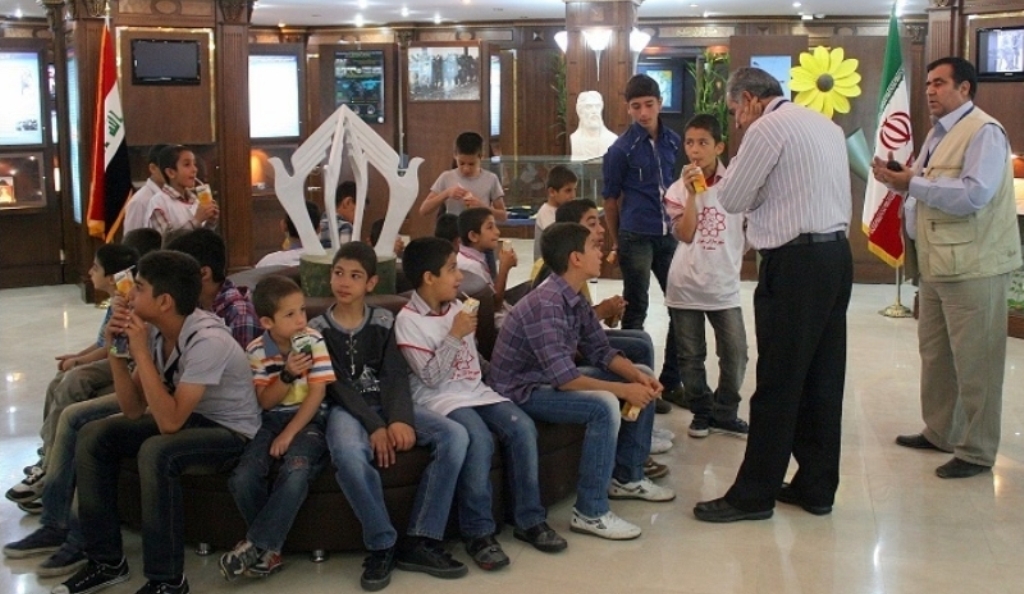
This small museum, which asks no admission fee, highlights some of the lowest points in human history, including Saddam Hussein, Adolf Hitler, the dropping of the atom bomb on Japan in the Second World War and the poison gas attacks on the Iraqi city of Halabja and the Iranian city of Sardasht. Some of the museum's guides are veterans of the Iran-Iraq War and can tell first-hand stories of its horrors.
Tours led by Morteza leave a particularly deep impression: he experienced the poison gas attack on the Iranian city of Sardasht and just escaped with his life, almost blind. The museum provides an independent, free platform for showing and discussing the horrors war brings to the civilian population. As a member of the International Network of Museums for Peace, it is dedicated to the promotion of peace.
A selfie-compatible portrayal of paradise
Returning to the butterflies at the Holy Defence Museum, 'peace' is not a word that the visitor will encounter very often. In the huge park behind the main building – and while Wagner music plays in the background – visitors can see almost every kind of vehicle and weapons system used in the war. In fact, the whole museum is an audiovisual fireworks display. Everywhere the visitor goes, there are light installations, screens showing films and virtual tank rides for school children.
There is even a 'bombardment simulator', where visitors can 'enter' a peaceful village scene only to suddenly witness a bombardment by the Iraqi Air Force (deafening noise and shaking floor included). The aim here is to show the visitor how it feels to be helpless and exposed to a hail of bombs. The experience ends with images from cities in Iran that really have been bombarded.
The last hall in the museum is devoted to martyrdom. Once inside, visitors cross a bridge. Here too, there is an audio backdrop. To the left and the right are photos of the fallen, which transform into stars and float up to paradise. This paradise is hinted at again in the form of a brightly lit room at the end of the bridge, which contains two model shrines, each of which can be touched and provide a backdrop for selfies. But the culture of Iranian remembrance in the most expensive museum in the country does not end with the martyrs.
'The museum is not yet fully complete,' explains Mr Solgi. There are still two halls yet to come: 'victory' and 'achievements'. There don't seem to be any plans to include peace in the museum. It is hard to find the boundary between a culture of remembrance that has developed organically and the political and/or religious influence thereof in such official state places of remembrance.
Unlike in Lebanon, where the only place dedicated to reappraising the civil war is a Hezbollah museum, there are many state-run sites of the remembrance culture in Iran. To allow for a critical, objective analysis, it is important that visitors are well informed before they visit such places so that they can more easily separate the historical facts from the romanticised view of war presented to them.
Philipp Breu
© Qantara.de 2017
Translated from the German by Aingeal Flanagan